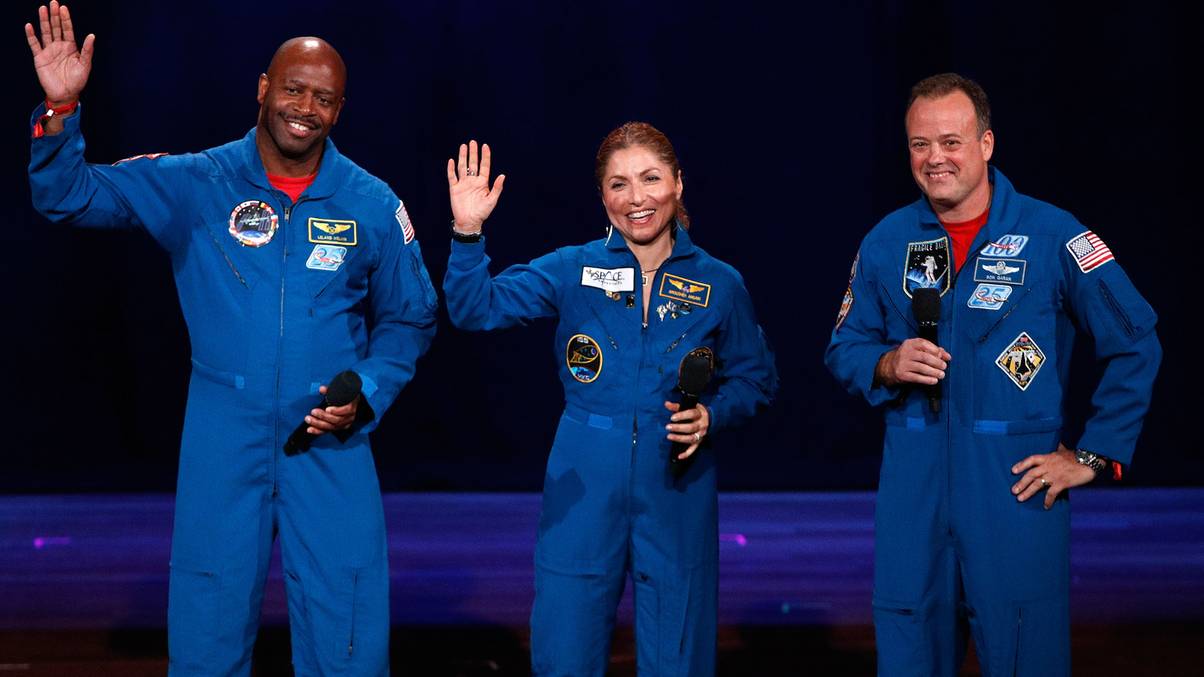“Unraveling the Cosmic Catastrophe: How Kessler Syndrome Could Spell Doom for Life on Earth”
Imagine this: the world spinning on its axis, blissfully unaware, until—bam!—we’re buried under a cosmic avalanche of satellite debris. Sounds like a plot twist from a movie, right? Yet, the notion that our civilization could teeter on the brink of collapse due to space junk is no cinematic fiction. It’s a stark reality drawn from the eerie predictions of NASA scientists Donald Kessler and Burton Cour-Palais, who conjured up the concept of Kessler Syndrome back in 1978. The idea is simple yet frightening: as humans continue to launch more satellites and, frankly, litter the skies, the risk of catastrophic collisions skyrockets. The more crowded our orbit becomes, the higher the chances that an innocent satellite might become collateral damage in a cosmic game of bumper cars—which could ultimately lead to utter chaos for our global communications. We’ve got over 10,000 satellites up there now, plus a staggering 100 trillion pieces of space debris. Not exactly a safe playground! John L. Crassidis, a space debris expert, warns, “If the probability of a collision is so great that we can’t put a satellite in space, then we’re in trouble.” Buckle up, because as we unravel the trap of Kessler Syndrome, it’s clear that the repercussions would touch every corner of our lives—from air travel to healthcare! Click here to LEARN MORE.
The idea that the world as we know it could fall apart due to junk in space sounds like something from a science fiction blockbuster.
But no, we’re not talking about Gravity. Sadly, this is a very real possibility.
Thought up back in 1978 by NASA scientists Donald Kessler and Burton Cour-Palais, the Kessler syndrome says that humanity is at a continuously growing risk of destroying modern society through space exploration.
Kessler and Cour-Palais said that the more satellites (and junk) we send and leave in space, the more likely it is that said satellites and waste will crash in to each other.
As the area around Earth gets more and more crowded with items orbiting the planet, the chances of this happening increases. And in the worst case scenario, a chain reaction of collisions is caused that could destroy essential communications satellites around the planet.
In this situation, the situation will then become so volatile that we can’t successfully send up new satellites to replace the broken ones due to the area of space in which they orbit, becoming unstable and full of fast-moving debris that will smash anything new in to a thousand pieces.
Currently, more than 10,000 satellites are orbiting the Earth. On top of that, more than 100 trillion pieces of old satellite are still circling the planet, with parts occasionally falling in to the Earth’s atmosphere over time and burning up.
John L Crassidis, a professor of innovation and space debris expert at the University at Buffalo, New York, said: “The Kessler syndrome is going to come true. If the probability of a collision is so great that we can’t put a satellite in space, then we’re in trouble.”
In his 2023 paper, entitled ‘Kessler’s syndrome: a challenge to humanity’, Crassidis and Amrith Mariappan write about what would happen to humanity if this situation occurs.
Spoiler: it’s not good.

The dangers of the Kessler syndrome mean our satellites could be taken out by space junk (Getty Stock Images)
Air travel and trains
Across the world, airlines use the Flight Management System (FMS) to do a tonne of in-flight tasks while flying through the sky.
A breakdown in satellite comms would leave the industry on its knees, with no GPS to help navigate the world.
Everything would have to be done manually by pilots and crews, which leaves flights open to significant risks in situations such as communicating with Air Traffic Control.
“Without access to satellite communication systems, pilots and ATC would not be able to receive real-time weather updates, leading to potential risks of navigate under hazardous weather conditions,” the paper says.
Given the millions that work in the industry, the disruption would likely lead to job losses due to downsizing of operations, causing further issues.
The GPS satellite system is used by the railway industry to stop collisions and keep journeys safe.
Take that out of the equation, and you can’t safely track where trains are on the line, which could cause potentially fatal collisions.

Life on Earth would change dramatically if the Kessler syndrome comes true (Getty Stock Images)
Food and agriculture
The agricultural industry uses satellites every single day when it comes to planning crops, harvesting them, or even mapping the yield you can create from however many fields of produce you are growing.
No GPS, no information. The paper writes: “The integration of GNSS [global satellite navigation systems] technology has proven invaluable to farmers, allowing seamless operations even in challenging conditions such as poor visibility caused by rain, dust, fog or darkness.
“Precision agriculture, powered by GNSS, facilitates the application and distribution of precise pesticides, herbicides, and fertilisers, leading to cost reduction, increased production, and enhanced ecological sustainability.”
With technology, primitive methods of farming would have to be undertaken and the disruption to the world food supply network would be catastrophic.

This would cause a big problem for humanity (Getty Stock Images)
Energy security
“As satellite communication systems contribute substantially to the efficiency and reliability of the energy and utility sector, any potential loss of this technology could have far-reaching consequences,” the paper says.
Disruption to energy supply – which would happen due to its interlinked relationship with other industries such as travel – would devastate civilisations.
Industries would grind to a halt due to the most essential being prioritised, which would lead to mass job losses and economic uncertainty.
When it comes to nuclear power, many of the systems used to monitor safety issues would not work, leading to catastrophic incidents and meltdowns should they go unnoticed.
Renewable energy sources would be hindered, with satellite communication essential to making these industries work (such as when to open or close gates on a dam, for example).
There would be a race for energy security, with those relying on other nations and importing it the most at risk.

There’s so much junk orbiting the planet (Getty Stock Images)
Healthcare
Drug transportation would be devastated, leaving people with chronic and serious conditions without the medical aid and help they need to, in some cases, stay alive.
“An estimated 310 million people undergo surgery annually,” the paper writes. “Many other health issues, not mentioned here, can be fatal if not properly treated in a timely manner.
“The efficient functioning of medical facilities worldwide requires reliable access to electricity and transportation facilities. Without these essential resources, it would be impossible to provide adequate medical treatment to patients, leading to potentially millions or billions of deaths.”
Mental health
While this might seem secondary to the threats posed above, the over-reliance humanity has on technology is likely to mess with our minds.
“Technological innovations have brought about transformative changes in how our minds and bodies adapt to the modern world,” the paper says.
“In particular during the COVID-19 lockdown, people turned to technology for entertainment and information, leading to increased dependence on technological means.
“It is critical to recognise that the Kessler’s syndrome has primarily indirect consequences due to modern society’s intricate interdependence. As a result, it is critical to emphasise the potential environmental consequences, including impacts on mankind, if Kessler’s Syndrome event occurs, resulting in partial or complete loss of satellite access.”














